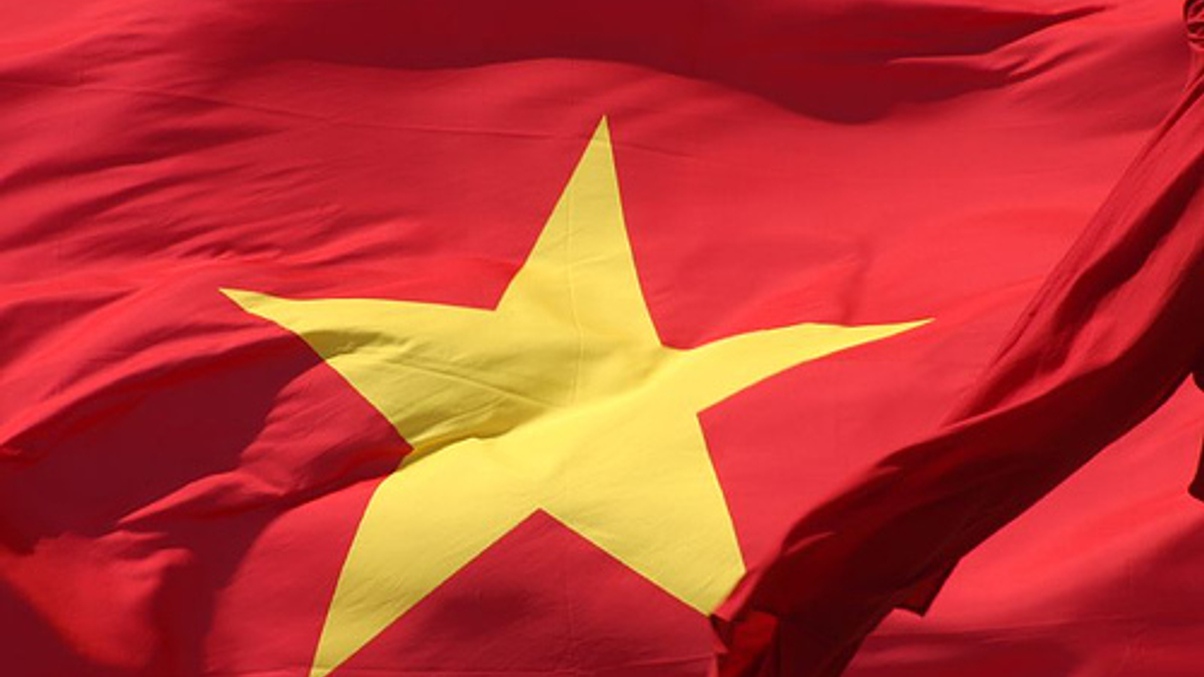Dismal returns to blame for weak enterprise annuity flow?
Poor returns appear to be hampering take-up in a tax incentive savings scheme launched this January amid high hopes in China. But analysts maintain strong growth forecasts.

Poor returns appear to have dampened public appetite for a tax-beneficial retirement savings scheme introduced in China at the start of this year amid high hopes.
Sign In to Your Account
Access Exclusive AsianInvestor Content!
Please sign in to your subscription to unlock full access to our premium AI resources.
Free Registration & 7-Day Trial
Register now to enjoy a 7-day free trial—no registration fees required. Click the link to get started.
Note: This free trial is a one-time offer.
¬ Haymarket Media Limited. All rights reserved.


